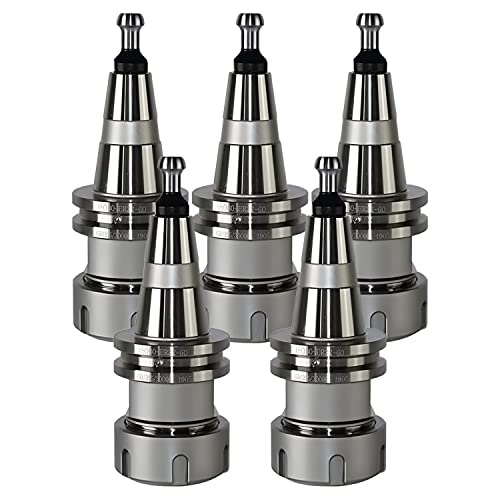Entropy455
Well-Known Member
- Joined
- Oct 27, 2011
- Messages
- 303
- Reaction score
- 69
One beagle-power is equal to lifting 7 pounds, 1-foot, in one second. . . .

You're right, the break room is a better fit for this thread so I've moved it.Where are we going? Perhaps this thread belongs in the "Break Room?"
My Two Cents:
I have "heard," "read," or whatever that this kind of discussion about HP, at least in the USA, has lead small engines (lawnmowers and the like) to now be sold with displacement as the main "power" rating rather than the old "2.5 HP @3600 RPM" type description. So, now the unscientific can argue about whether a rating in cc is better than the same displacement described as Cu. In. As well, the marketing crowd likes to say "3.500" rather than "3.5" because there's more numbers in the first statement.
It's been too long since I was in school, but I'm sure someone here can chime in: Is the description of power as stated in other measurement systems or in other parts of the world moving to watts or some other mathmatically-derived or carefully-defined units?
--ShopShoe




![DreamPlan Home Design and Landscaping Software Free for Windows [PC Download]](https://m.media-amazon.com/images/I/51kvZH2dVLL._SL500_.jpg)


FYI
This what 1 horsepower=1.5 ponypower.
Never found clydesdale horsepower
Dave
The early high-demand need for steam engines was for mining ore. Prior to steam engines you had teams of horses lifting ore-bucket from mineshafts.
Then comes the steam engine - where a 10 horsepower unit will lift 5500 pounds one foot per second, 24 hours a day, non-stop - an effort that would likely kill 10 horses, 100 times over. . . .
Enter your email address to join: